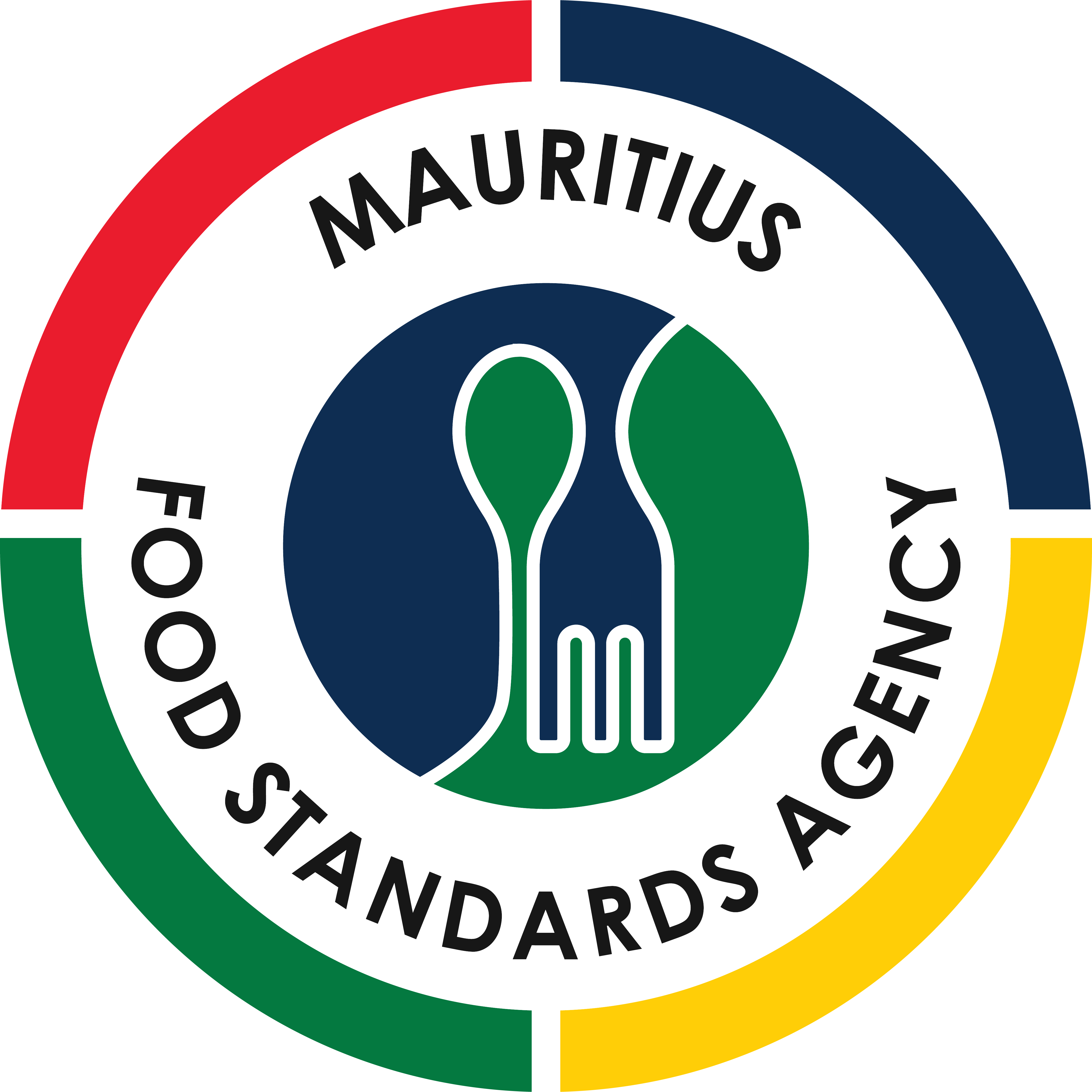What are foodborne illnesses?
Foodborne illnesses, also known as foodborne diseases or food poisoning, are illnesses caused by consuming contaminated food. Contamination can occur at any stage of the food production and distribution process, from farm to fork. These illnesses can result from the ingestion of harmful bacteria, viruses, parasites, or toxins present in contaminated food. Common symptoms of foodborne illnesses include nausea, vomiting, diarrhea, abdominal pain, fever, and in severe cases, dehydration or even death.
What are the causes of contamination leading to foodborne illnesses?
Causes of contamination can be from bacteria, e.g Salmonella, viruses, e.g norovirus and hepatitis A, parasites, e.g protozoa and toxins produced by bacteria such as Staphylococcus aureus or formed in spoiled or contaminated food.
What are the sources of contamination leading to foodborne illnesses?
Common sources of contamination are raw or undercooked meat and poultry, raw seafood, raw eggs, unpasteurized milk and dairy products, contaminated water and fresh produce.
How to prevent contamination of food?
- Practice proper hygiene, handwashing, and sanitation during food preparation.
- Cook food to recommended temperatures to kill harmful microorganisms.
- Keep raw and cooked foods separate.
- Use separate cutting boards and utensils for raw and ready to eat foods.
- Refrigerate perishable foods promptly and at the correct temperatures, particularly when it comes to meat, poultry, seafood, and eggs.
What to do in case of symptoms of foodborne illnesses?
If someone suspects they have a foodborne illness, it is important to seek medical attention, especially in severe cases or vulnerable populations such as young children, the elderly, or individuals with weakened immune systems. It is also important to promptly report the case to the authority to help identify the source of contamination and prevent further cases.
Source: CDC
